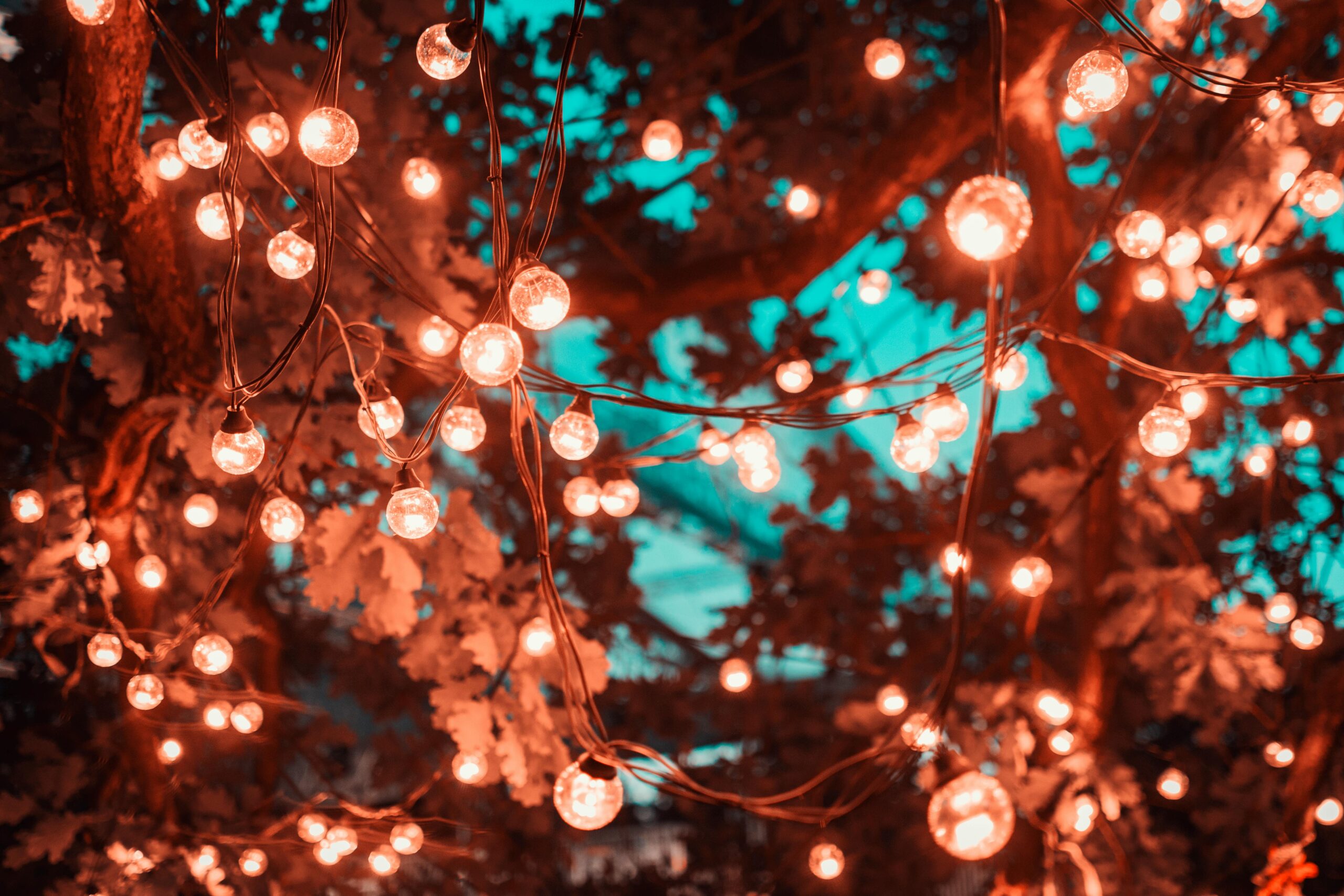Well-designed landscape lighting transforms your outdoor areas into beautiful, functional spaces that can be enjoyed day and night. Strategic illumination not only showcases your property’s best features but also provides essential safety and security benefits. In this article, we’ll explore various landscape lighting ideas, examine different outdoor lighting techniques, and provide guidance on installation options from DIY low voltage lighting install projects to professional systems. Whether you’re looking to create a subtle glow along garden paths or dramatic focal points, these lighting strategies will help you make the most of your exterior spaces.
Understanding the Basics of Landscape Lighting
Effective landscape lighting begins with understanding the three fundamental techniques used by designers: ambient, task, and accent lighting. Ambient lighting provides overall illumination to a space, creating a comfortable level of brightness without harsh shadows. Task lighting serves a specific purpose, such as illuminating a grilling area or lighting steps for safety. Accent lighting draws attention to specific features like architectural elements or prized plantings. A thoughtfully designed outdoor lighting plan incorporates all three types to create layers of light that bring dimension and interest to your landscape after dark.
Temperature and intensity of light also play crucial roles in creating the right atmosphere. Warmer tones (2700-3000K) create a cozy, welcoming feel while cooler temperatures (4000K+) produce a more modern, moonlight-like effect. The intensity and spread of light should be carefully controlled to avoid light pollution and maintain a natural appearance. Remember that subtle, layered lighting often creates more impact than bright, uniform illumination.
Path Lighting for Safety and Guidance
Path lighting serves the dual purpose of guiding movement through your landscape while enhancing its nighttime appearance. Solar path lights offer an eco-friendly, wire-free solution that’s perfect for DIY installation. These fixtures absorb sunlight during the day and automatically illuminate walkways at dusk. While convenient, solar options typically provide less consistent light output than wired systems, especially during winter months or after cloudy days.
For more reliable illumination, consider a low voltage lighting install for your pathways. These systems operate at a safe 12 volts yet provide consistent, controllable light output. When placing path lights, avoid the “runway” effect by staggering fixtures rather than creating straight lines. Position lights about 8-10 feet apart, focusing on transitions, steps, and changes in direction where safety is most important. Path fixtures should cast light downward onto walking surfaces without creating glare for pedestrians.
Spotlight and Accent Techniques for Drama
Spotlighting directs focused beams of light to illuminate specific landscape elements from a distance. This outdoor lighting technique creates dramatic effects when used to highlight mature trees, architectural features, or garden sculptures. A well-executed spotlight draws the eye upward, creating a sense of height and dimension in your nighttime landscape. Experiment with positioning to minimize harsh shadows and create the most flattering illumination angle.
Accent lighting provides a more subtle effect, often using fixtures concealed within plantings or architectural elements. Unlike spotlights that create bold statements, accent lights build atmosphere through gentle washes of light. According to specialists at AskHomey, combining various accent lighting fixtures creates the layered, professional look that distinguishes exceptional landscape designs from basic installations. Consider using wall-washing techniques on textured surfaces like stone or brick to create beautiful shadow patterns.
Creating Ambiance with Specialty Lighting
Beyond basic path and accent lighting, specialty fixtures add unique character to outdoor spaces. String lights suspended over patios create an intimate, festive atmosphere perfect for entertaining. Underwater lights in ponds or fountains transform water features into mesmerizing focal points after dark. Step lights recessed into stairs or walls provide crucial safety illumination while maintaining a clean, architectural appearance.
Fire features represent another dimension of landscape lighting that adds both warmth and dynamic visual interest. Whether you choose a permanent fire pit or portable lanterns, the dancing quality of firelight creates an ambiance that electrical lighting alone cannot match. Combining traditional lighting fixtures with fire elements creates a multisensory experience that makes outdoor spaces inviting year-round.
Installation Considerations and Planning
A successful low voltage lighting install begins with thorough planning. Start by creating a simple sketch of your property, marking key features you wish to highlight and pathways requiring illumination. Consider how you use different outdoor spaces and when they’re most active. Areas used primarily for evening entertainment will need different lighting treatments than spaces viewed primarily from inside the home.
Installation difficulty varies significantly between lighting types. Solar path lights represent the simplest option, requiring no wiring or electrical knowledge. Low voltage systems require more planning but remain accessible to dedicated DIYers with basic tools. The main components include a transformer to convert household current to safe low voltage, weather-resistant cable, and various fixtures. Always follow local electrical codes and consider consulting a professional for complex installations involving water features or extensive wiring requirements.
Maintenance and Energy Efficiency
Modern landscape lighting benefits from energy-efficient LED technology that reduces operating costs while extending fixture lifespans. LEDs use approximately 75% less energy than incandescent bulbs and can last 25 times longer. While the initial investment may be higher, reduced replacement and energy costs make LEDs the economical choice for landscape applications.
Regular maintenance ensures your outdoor lighting continues performing optimally. Clean fixtures periodically to remove dirt and debris that can diminish light output. Check and adjust angles as plants grow to maintain desired lighting effects. Test system components annually before heavy-use seasons, and replace any damaged parts promptly to prevent system-wide failures.
For more tips and to connect with reliable home service professionals, follow AskHomey on Facebook and Instagram.



